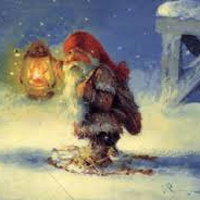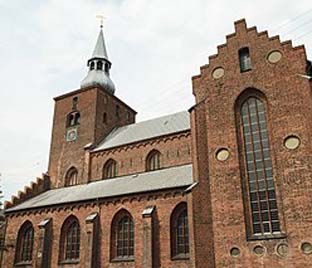
The Falslev Family started on January 29, 1875 in a little town in Randers county Denmark known as Falslev. Falslev is in the Northern Denmark Region on the Jutland peninsula. The city of Randers located in the southern part of the county is in the Central Region. Marius Jensen was born to Jens Jensen and Maren Andersen. At just a few months old he was baptized into the Lutheran Church, which was the popular religion in Denmark. Jens Jensen was the son of Christian Laursen (born March 20 1869 in Visborg Aalborg Denmark) and Ane Sophie Pedersen (Born March 25 1850 in Spentrup Randers Denmark). Jens was born 1843 in Visborg Denmark and died 1875 in Vindblaes Co. Denmark. His father Christian died the year before on Feb 22, 1874.
Jens Jensen was a miller by trade and was injured at work in the spring of 1875. Marius was told that due to this injury Jens developed tuberculosis. This tuberculosis was the cause of his death sometime around end of 1875.
Maren Andersen died March 5 1879 in Udbyneder, Denmark. Marius was then left with no parents at age four. He eventually moved to Hald Randers Denmark to work for a widow Mrs Jul (pronounced yule). He was there two years where he helped her herd cows and stake them out in the fields. The day started at 3:30 in the morning and he would sometimes fall asleep. This would get him lickings because the cows would stray and get in trouble. After his mother died, Marius must have had foster parents to raise him because his foster father also worked in Hald. Marius was permitted at special occassions to go visit them.

















